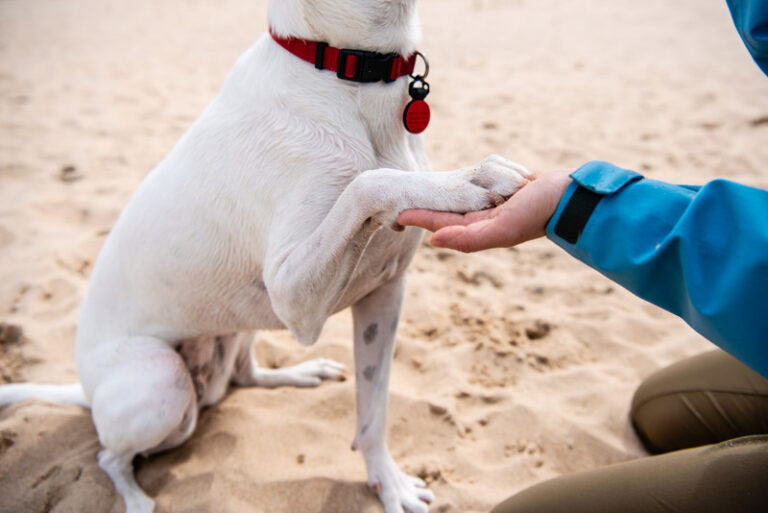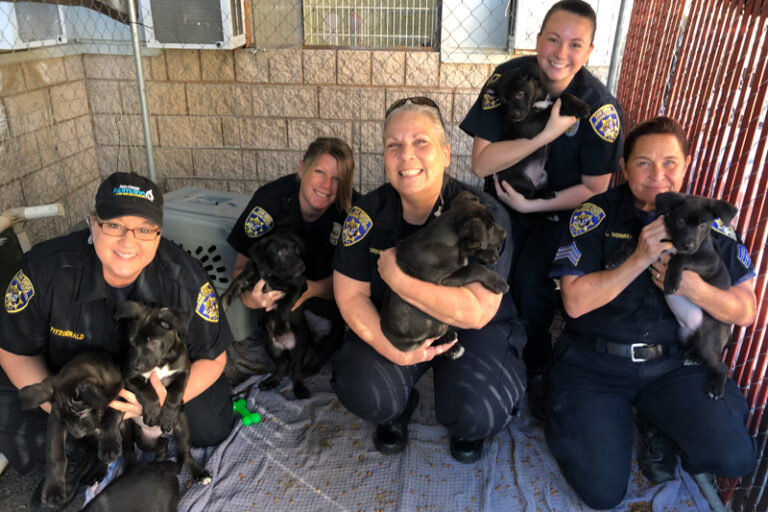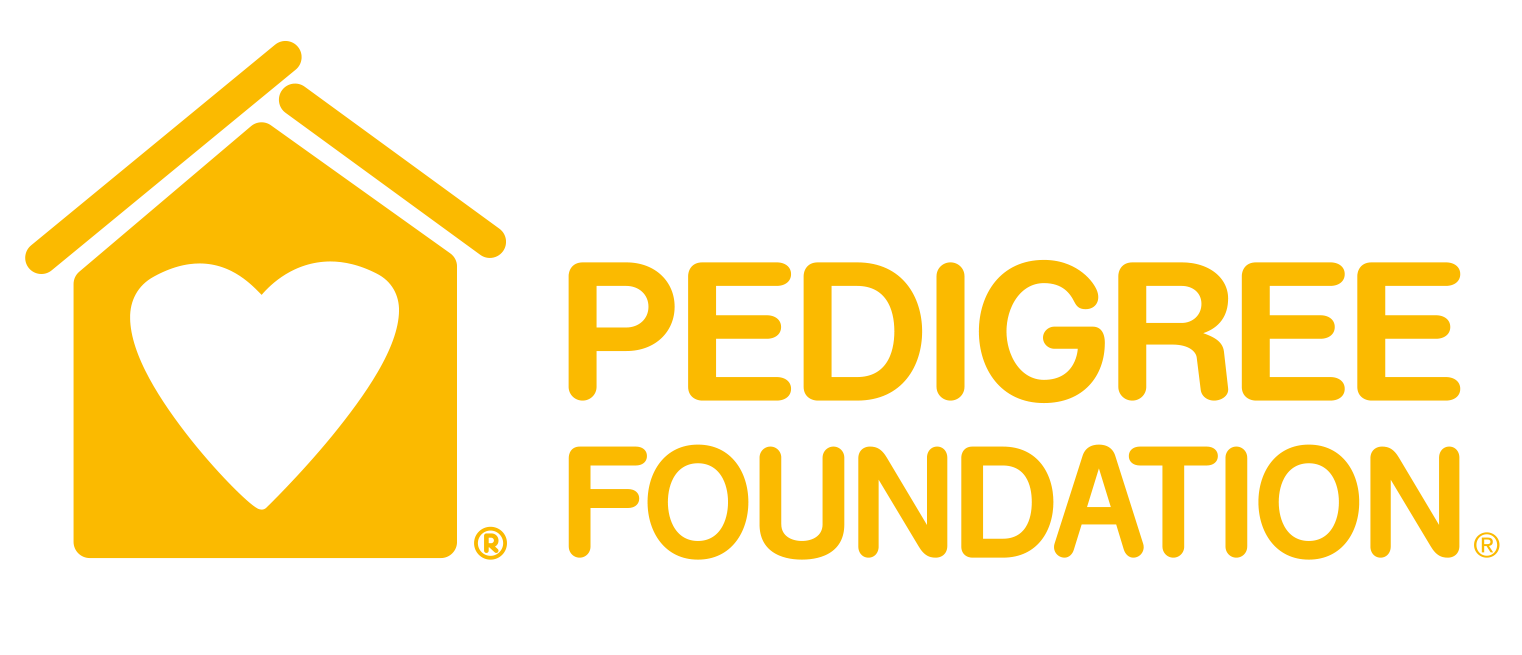With rents and food prices high, whole families are struggling—including pets. Animal shelters across the country report that loved pets are being surrendered—given up to the shelter—by people who feel they have no other choice, in this very hard economy.
This contributes to shelters becoming and staying full, while families are split apart.
More and more shelters are turning their efforts to helping pets and people stay together with pet food pantries, access to veterinary care, emergency fostering programs, and other safety net support. Check out pets.findhelp.com, too—a free, first-of-its-kind platform to make finding pet support services easy.
This work isn’t just done by organizations and institutions. Individuals are an integral part of these incredible, necessary, life-changing efforts, too. Neighbors helping neighbors leads to stronger, safer communities for everyone.
Here are five ways to get involved:
Donate a bag of food to your local pet pantry.
Your local shelter either runs a pet pantry, or knows which organization does. Donate a bag or two of food, and help make sure a pet in your community isn’t going hungry.
Foster a pet for someone who’s in the hospital.
Fosters can care for owned pets for a short period, while their owners get back on their feet after hospitalization, eviction, domestic violence, rehabilitation, incarceration, or another crisis. This type of emergency fostering keeps families together. Your local shelter will either run an emergency fostering program you can volunteer with, or point you to another organization that does. Sometimes emergency fostering happens more informally between community members, as well—keep an eye on Nextdoor and other local social media pages for people seeking out a temporary foster for their pet.
Help a lost pet get back home.
If you find a lost pet, it’s likely they haven’t wandered very far from home. You can help them be reunited with their owner by taking their picture and posting it to Nextdoor, lost and found groups, and other local pages; walking them around the neighborhood to see if anyone recognizes them; and having them scanned for a microchip. Often shelters will help by posting them to our social media pages, and may even provide food and supplies to any lost pet finders who can hold onto the pet for a short period!
Check in on neighbors.
People will often post online when they’re having trouble feeding their pet, or need help with a vet bill. This presents the opportunity for mutual aid—people helping each other with pet-related challenges, and other basic needs. In addition to supporting neighbors with direct donations, you can point people to pets.findhelp.com. This will sound familiar now: your local shelter can also tell you about safety net services and programs they and their partners offer.
Adopt directly from someone who needs to find their pet a new home.
There are people who can no longer take care of their pet, and need to find them a new home. Adopting a pet directly from their original owner allows the pet to remain in homes and never enter the shelter. This is called “self-rehoming” and it is very important! Self-rehoming is often more humane for pets, and offers reassurance to the pet’s original family, too, by allowing them to pick, and perhaps even stay in touch with, the new owner. Shelters often help by posting adoption listings on their website and social media.
Communities are stronger when we support each other, including each other’s pets. Often, the only barrier to community support is people knowing how to help one another.
And for shelters, we’ve got a tool for you, too, to help encourage members of your community to support one another’s pets.
More specifically, we’ve got a toolkit for you: Our Community Support communications kit, created by HASS and HeARTs Speak, is designed to raise awareness with pet owners in your community about the many, many ways neighbors can help neighbors, and how your organization can support them through the process. As with all our communications kits, this one includes customizable graphics (for use on social or in print), talking points, media templates, and more, more, more.








